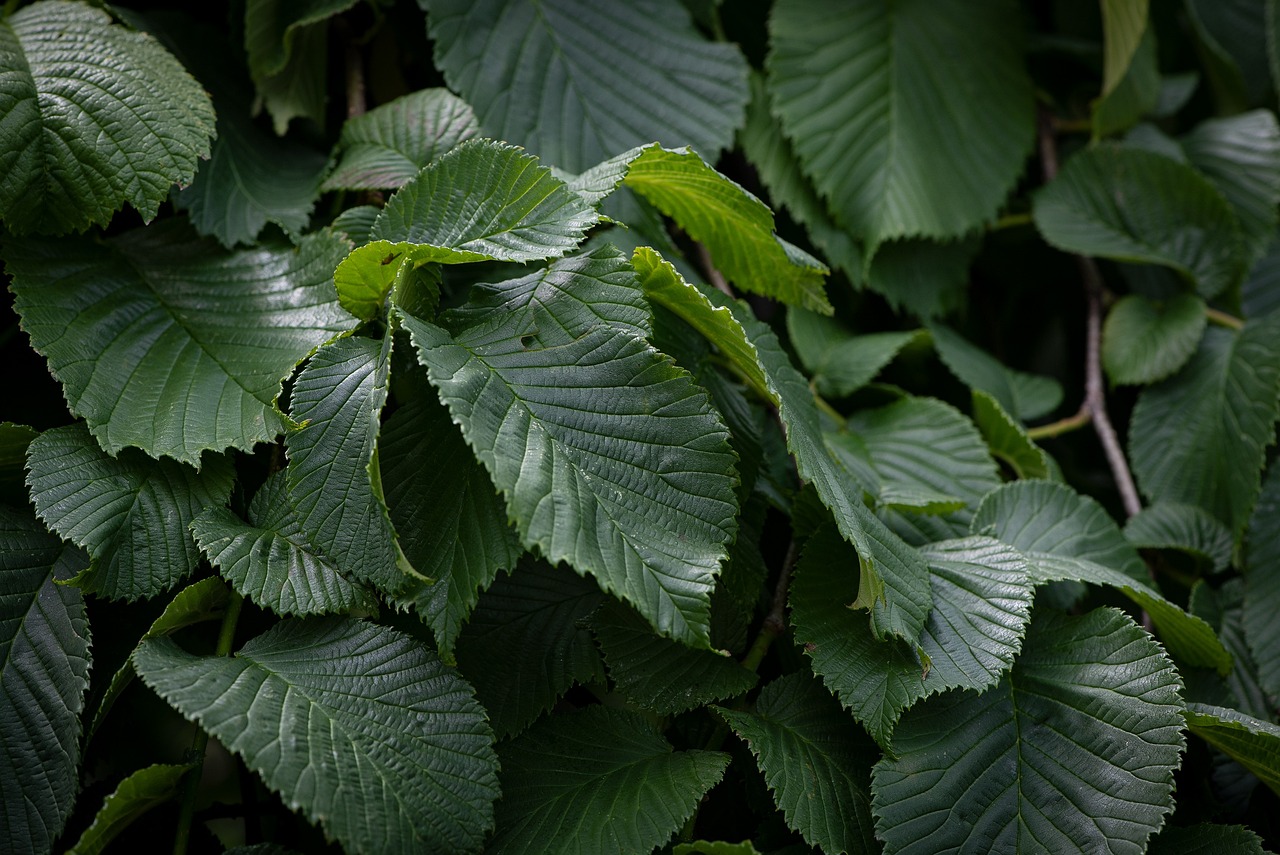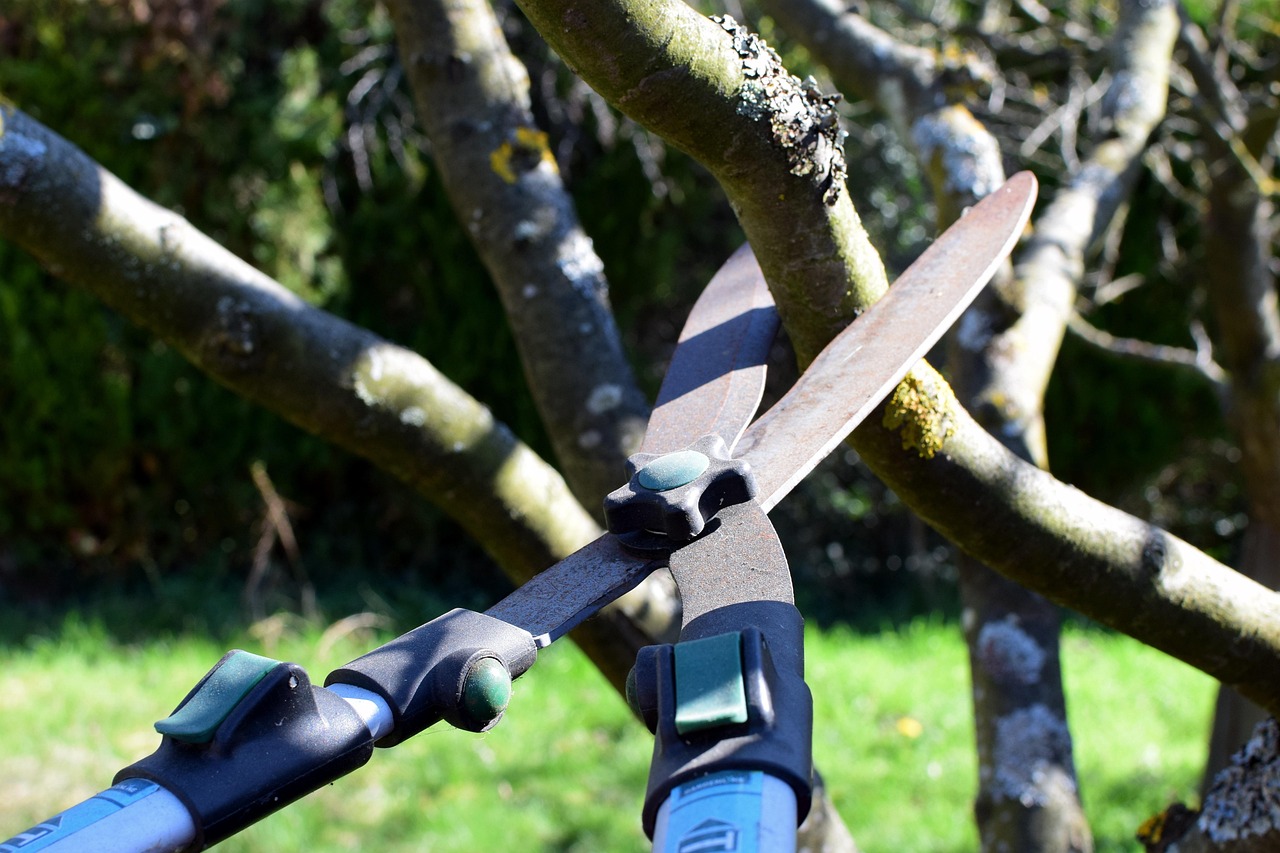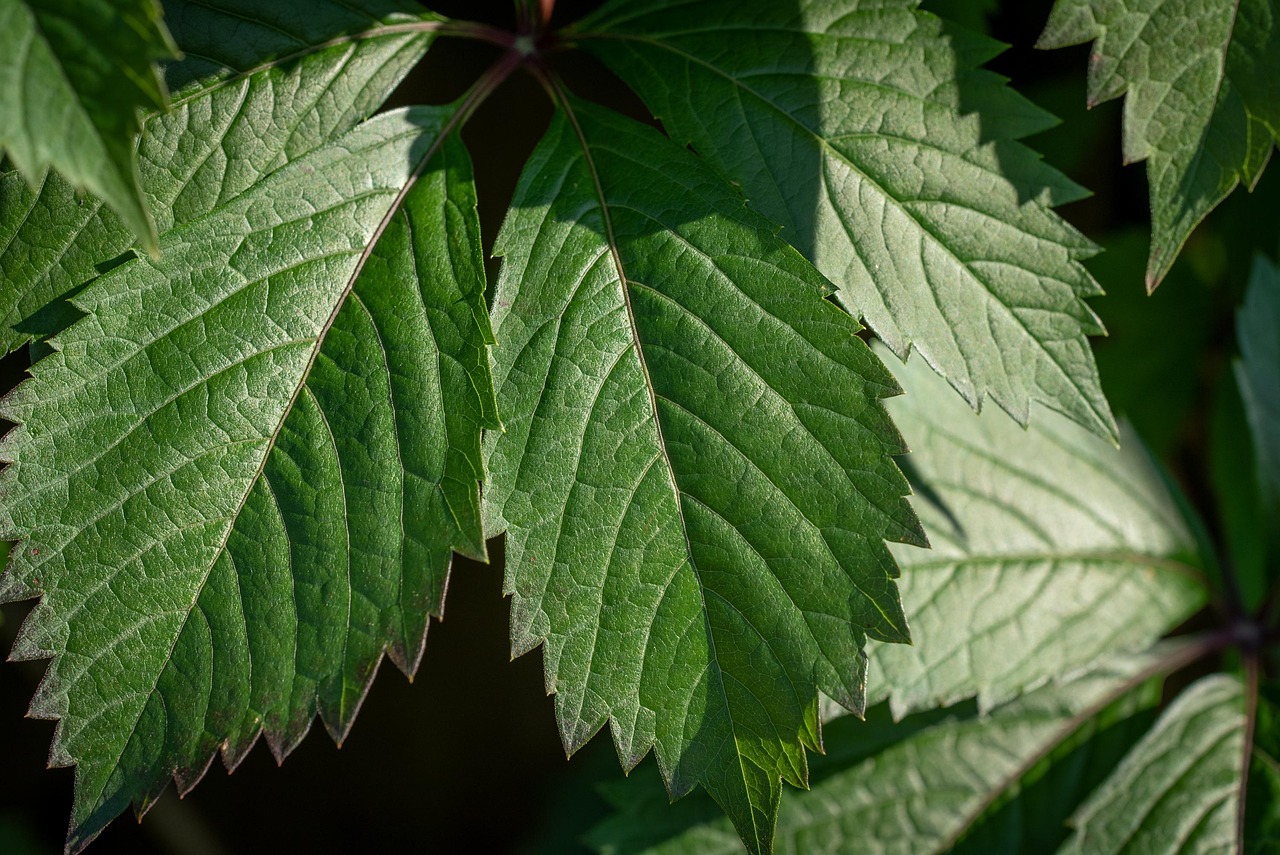To effectively control diseases in elm trees, proper pruning practices are essential. This includes removing dead or diseased branches, avoiding cuts during the growing season, and ensuring tools are sterilized. Regular inspections can also help identify potential issues early.
Elm trees are known for their majestic beauty and ability to provide shade. However, they are susceptible to various diseases, particularly Dutch elm disease, which has devastated populations of these trees in many areas. Pruning is a crucial part of maintaining healthy elm trees and preventing the spread of diseases. By understanding the best practices for pruning, tree owners can enhance the health of their elms and prolong their lifespan.

Pruning not only helps in disease control but also improves the overall structure and appearance of the tree. It encourages growth and allows sunlight to penetrate the canopy, which is essential for photosynthesis. However, improper pruning can lead to stress, making trees more vulnerable to diseases. Therefore, following recommended techniques is vital.
Understanding Elm Tree Diseases
Before delving into pruning techniques, it is important to understand the common diseases that affect elm trees. Some of the key diseases include:
- Dutch Elm Disease: A fungal infection spread by bark beetles that can quickly kill infected trees.
- Elm Leaf Beetle: This pest causes significant damage by feeding on the leaves, leading to defoliation.
- Phloem Necrosis: A bacterial disease causing wilting and dieback in branches.
Each of these diseases can weaken an elm tree and lead to its decline. Therefore, recognizing symptoms early and implementing proper pruning techniques can be crucial in preventing the spread of these diseases.

Best Practices for Pruning Elm Trees
Pruning elm trees requires careful consideration and timing. Adhering to specific guidelines can help prevent disease while promoting healthy growth. Here are some best practices for effective pruning:
- Timing: The best time to prune elms is in late winter or early spring before the buds open. This minimizes the risk of disease transmission.
- Remove Diseased Branches: Inspect trees regularly for any signs of disease or decay. Cut away any affected branches immediately, making clean cuts to avoid further injury.
- Avoid Pruning During Growing Season: Pruning during the growing season can expose cuts to infections. It is advisable to avoid this period unless absolutely necessary.
- Sterilize Tools: Always clean and disinfect pruning tools between cuts to prevent transferring pathogens from one branch to another.
- Maintain Tree Structure: Focus on removing crossing branches and thinning out crowded areas to improve air circulation within the canopy.
These practices not only promote healthier trees but also enhance their resilience against pests and diseases. Proper cuts help trees heal faster and reduce the risk of infections that can occur through open wounds.
Tools Needed for Pruning
Utilizing the right tools is essential for effective pruning. Here is a list of tools that are commonly used for elm tree pruning:

- Pruning Shears: Ideal for small branches and delicate cuts.
- Loppers: Useful for thicker branches that require more force.
- Saw: A handsaw or chainsaw may be necessary for larger limbs.
- Tree Climbing Gear: If working on taller trees, safety gear is important.
- Sterilizing Solution: A mixture of bleach or alcohol for disinfecting tools.
Having these tools on hand will make the pruning process smoother and more efficient. Always ensure that tools are sharp and well-maintained for optimal performance.
Signs Your Elm Tree Needs Pruning
It is vital to recognize when an elm tree requires pruning. Here are some signs that indicate it may be time to take action:
- Dead or Dying Branches: These should be removed promptly to prevent disease spread.
- Crowded Canopy: If branches are overlapping significantly, thinning may be necessary.
- Pest Infestation: Signs of pests like the elm leaf beetle can warrant immediate pruning interventions.
- Unusual Growth Patterns: Any abnormal growth may indicate underlying issues requiring attention.
By staying vigilant and observing these signs, tree owners can take proactive measures to maintain their elm trees effectively. Regular maintenance not only enhances the beauty of the tree but also contributes significantly to its health and longevity.

This comprehensive approach to pruning elm trees positions homeowners and arborists alike to better manage their trees against various diseases, promoting a thriving landscape filled with healthy elms.
Advanced Pruning Techniques for Elm Trees
In addition to basic pruning practices, advanced techniques can further enhance the health of elm trees. These methods require a careful approach and a thorough understanding of tree biology. Below are some advanced pruning methods that can help in disease control and overall tree health.
Crown Thinning
Crown thinning involves selectively removing branches throughout the canopy to improve air circulation and light penetration. This technique can reduce the chances of fungal infections, as moisture is less likely to accumulate in dense foliage. Here are the steps for effective crown thinning:
- Assess the Canopy: Look for areas where branches are overcrowded or crossing.
- Select Branches: Choose branches that are weak, damaged, or growing inward towards the trunk.
- Make Clean Cuts: Use sharp tools to make precise cuts at the branch collar, which promotes faster healing.
Crown thinning should be done with caution. Over-thinning can stress the tree, so it is crucial to maintain a balance between removing enough branches and preserving the tree’s structure.
Crown Raising
Crown raising is another pruning technique that involves removing lower branches to elevate the canopy. This practice can improve visibility, access, and reduce competition for light among understory plants. It is particularly beneficial in urban settings where space is limited. When performing crown raising, consider the following:
- Identify the Height: Determine how high the canopy should be raised based on nearby structures and landscape design.
- Remove Selectively: Avoid removing more than one-third of the lower branches at a time to minimize stress on the tree.
- Avoid Topping: Do not cut branches back to stubs, as this can lead to decay and increased susceptibility to disease.
Seasonal Considerations for Pruning
The timing of pruning is critical for minimizing disease risk. Different seasons can affect how trees respond to pruning. Understanding these seasonal variations can help you make informed decisions about when to prune your elm trees.
Winter Pruning
Winter is often recommended as the ideal time for pruning elm trees. During this dormant period, trees are less likely to bleed sap, and their structure is more visible without leaves. Additionally, pruning in winter reduces the risk of introducing diseases that thrive in warmer months. However, it is essential to:
- Monitor Weather Conditions: Avoid pruning during extreme cold spells that could cause damage to the tree.
- Inspect for Damage: Check for any winter injury or storm damage that may require immediate attention.
Spring Pruning
Spring pruning is a double-edged sword. While it allows for easy visibility of growth patterns, it also coincides with a higher risk of disease transmission. If spring pruning is necessary, follow these guidelines:
- Prune Early: Conduct pruning before buds break to limit exposure to pathogens.
- Be Mindful of Insect Activity: Be aware of emerging pests that could exacerbate damage if branches are cut.
Pest Management During Pruning
Pest management is an essential aspect of maintaining healthy elm trees. When pruning, it’s vital to be aware of potential insect infestations that can compromise tree health. Some common pests affecting elms include:
| Pest | Symptoms | Control Methods |
|---|---|---|
| Elm Leaf Beetle | Holes in leaves, defoliation | Pesticides, hand removal |
| Bark Beetles | Sawdust near trunk, wilting | Cultural practices, insecticides |
| Aphids | Sticky residue on leaves, curling | Insecticidal soap, natural predators |
Regular inspections during and after pruning can help identify these pests early. Implementing control measures promptly can prevent infestations from spreading and harming the tree.
Post-Pruning Care for Elm Trees
After pruning, it is essential to provide proper care to help elm trees recover and thrive. Post-pruning care should include:
- Watering: Ensure adequate moisture levels, especially during dry periods, to support new growth.
- Mulching: Apply a layer of organic mulch around the base to retain moisture and suppress weeds.
- Nourishment: Consider applying a balanced fertilizer in early spring to encourage healthy growth.
This post-pruning care not only aids recovery but also helps strengthen the tree’s defenses against diseases and pests, setting the stage for robust growth in subsequent seasons.
Identifying and Managing Elm Tree Diseases
Maintaining elm trees involves not only proper pruning but also recognizing and managing diseases that can threaten their health. Understanding the various diseases that affect elm trees is crucial for effective management. By identifying symptoms early, tree owners can take appropriate action to mitigate the impact of these diseases.
Common Diseases Affecting Elm Trees
Elm trees are susceptible to several diseases, many of which can lead to serious damage or even death if not addressed promptly. Some common diseases include:
- Dutch Elm Disease: Caused by the fungus Ophiostoma ulmi, this disease is spread by bark beetles and leads to wilting, yellowing leaves, and eventual tree death.
- Phloem Necrosis: This bacterial disease causes leaf curling, wilting, and dieback of branches. It can be transmitted by sap-sucking insects.
- Elm Yellows: A phytoplasma disease that results in yellowing leaves, stunted growth, and overall decline. It is often fatal to infected trees.
Recognizing the symptoms of these diseases is the first step towards effective management. Regular inspections can help identify early signs, allowing for timely intervention.
Symptoms and Signs of Disease
Understanding the symptoms associated with these diseases will enable tree owners to act quickly. Here are some key indicators of disease in elm trees:
| Disease | Symptoms | Management Strategies |
|---|---|---|
| Dutch Elm Disease | Wilting leaves, brown streaks in the wood, sudden leaf drop | Remove infected branches, avoid pruning during summer, and treat with fungicides if necessary |
| Phloem Necrosis | Curling leaves, branch dieback, general decline | Remove affected limbs, control insect vectors with insecticides |
| Elm Yellows | Yellowing leaves, stunted growth, leaf drop | No cure; remove and destroy infected trees to prevent spread |
By monitoring for these symptoms regularly, tree owners can take proactive measures to protect their elms from severe damage.
Preventive Measures Against Elm Tree Diseases
Preventing diseases is often more effective than treating them after they occur. Implementing preventive measures can significantly reduce the risk of infection in elm trees. Here are some strategies to consider:
- Plant Resistant Varieties: Choose elm varieties that are resistant to common diseases, such as Ulmus americana ‘Valley Forge’ or ‘New Harmony.’
- Avoid Overcrowding: Ensure adequate spacing between trees to promote airflow and reduce humidity levels around the canopy.
- Regular Maintenance: Conduct regular inspections for pests and diseases, and maintain a consistent pruning schedule to promote healthy growth.
- Soil Management: Healthy soil supports strong tree growth. Test soil conditions and amend as necessary to ensure optimal nutrient levels.
By adopting these preventive measures, tree owners can create an environment that is less conducive to disease development.
The Role of Soil Health in Disease Prevention
Soil health plays a crucial role in the overall health of elm trees. Healthy soil promotes strong root systems, which are vital for nutrient uptake and overall tree vigor. Here are some considerations regarding soil health:
Soil Testing
Conducting a soil test can provide valuable information regarding soil pH, nutrient levels, and organic matter content. This data allows for informed decisions about soil amendments and fertilization. Key factors to assess include:
- Nutrient Levels: Ensure that essential nutrients such as nitrogen, phosphorus, and potassium are present in adequate amounts.
- pH Levels: Elm trees prefer slightly acidic to neutral soil (pH 6.0 to 7.0). Adjust pH as necessary using lime or sulfur.
- Organic Matter: Incorporate organic materials like compost to improve soil structure and enhance nutrient availability.
Aeration and Drainage
Poor drainage can lead to waterlogged soil, which stresses roots and increases vulnerability to diseases. To improve aeration and drainage:
- Aerate Soil: Use a garden fork or aeration tool to create holes in compacted soil.
- Add Organic Material: Incorporate compost or well-rotted manure into the soil to improve texture and drainage.
- Create Raised Beds: If drainage is a persistent issue, consider planting elms in raised beds to enhance root health.
By focusing on soil health and implementing effective management strategies, tree owners can significantly reduce the risk of disease in their elm trees.
The Importance of Integrated Pest Management (IPM)
Pest management is crucial for maintaining healthy elm trees and preventing disease spread. Integrated Pest Management (IPM) combines various techniques for effective pest control while minimizing environmental impact. Here are some core principles of IPM applicable to elm trees:
- Monitoring: Regularly inspect trees for signs of pest activity and damage.
- Identification: Accurately identify pests to determine appropriate control measures.
- Cultural Control: Implement practices such as proper watering and fertilization to promote tree health, making them less vulnerable to pests.
- Biorational Pesticides: Use environmentally safe products when necessary to manage pest populations without harming beneficial insects.
This comprehensive approach ensures that elm trees remain healthy while minimizing the impact on the surrounding ecosystem. By integrating these practices into regular maintenance routines, tree owners can foster a thriving environment for their elms.
Additional Considerations for Elm Tree Health
In addition to pruning and pest management, other factors can significantly influence the health of elm trees. These include environmental conditions, proper planting techniques, and ongoing care practices. Understanding these aspects can help ensure that elm trees thrive for years to come.
Environmental Factors
Environmental conditions play a crucial role in the overall well-being of elm trees. Factors such as temperature, humidity, and soil type can all impact tree health. Here are some key environmental considerations:
- Climate: Elm trees prefer temperate climates with moderate rainfall. Extreme temperatures can stress trees, making them more susceptible to diseases.
- Soil Type: Well-draining, loamy soil is ideal for elm trees. Heavy clay or sandy soils may require amendments to support healthy growth.
- Light Conditions: Elms thrive in full sunlight. Ensure they are planted in locations where they receive adequate sunlight for optimal growth.
By selecting appropriate planting sites and monitoring environmental conditions, tree owners can create an ideal setting for their elms.
Proper Planting Techniques
Planting techniques are vital for establishing strong elm trees. Here are some best practices to consider when planting new elms:
- Select Healthy Stock: Choose healthy, disease-free saplings from reputable nurseries for planting.
- Digging the Hole: Ensure the planting hole is wide and deep enough to accommodate the root system without crowding.
- Avoid Planting Too Deep: The root flare should be level with the soil surface to prevent rot and other issues.
- Watering After Planting: Water thoroughly after planting to settle the soil around the roots and eliminate air pockets.
Following these planting guidelines will help ensure that new elm trees establish successfully and grow strong over time.
Long-Term Care for Elm Trees
Long-term care is essential to maintain the health and vigor of elm trees. Regular maintenance practices can prevent many problems associated with disease and pests. Here are some recommendations for ongoing care:
- Regular Inspections: Conduct periodic inspections to check for signs of disease, pest activity, or other health issues.
- Consistent Watering: Ensure trees receive sufficient water, especially during dry periods. Deep watering is preferable to encourage deep root growth.
- Mulching: Maintain a layer of mulch around the base of the tree to conserve moisture and suppress weeds.
- Seasonal Fertilization: Apply a balanced fertilizer in spring to provide essential nutrients and promote healthy growth.
By implementing these long-term care practices, tree owners can significantly enhance the resilience of their elm trees against diseases and pests.
Final Thoughts
Caring for elm trees requires a comprehensive approach that encompasses proper pruning, disease management, environmental considerations, and ongoing care. By understanding the needs of these majestic trees, homeowners can foster a thriving landscape filled with healthy elms.
The importance of regular inspections cannot be overstated. Early detection of diseases or pests can make a significant difference in treatment outcomes. Furthermore, adopting integrated pest management strategies ensures that control measures are environmentally sustainable while promoting tree health.
Ultimately, a proactive approach that combines knowledge of best practices with attentive care will lead to resilient elm trees capable of withstanding various challenges. By investing time and effort into maintaining elm trees, tree owners not only enhance their beauty and ecological value but also contribute to a healthier ecosystem.
In conclusion, whether you are a seasoned arborist or a new tree owner, understanding the best practices for elm tree pruning and disease control is essential for cultivating vibrant, healthy trees that can thrive for generations. By following these guidelines, you can ensure that your elm trees remain a cherished part of your landscape.
